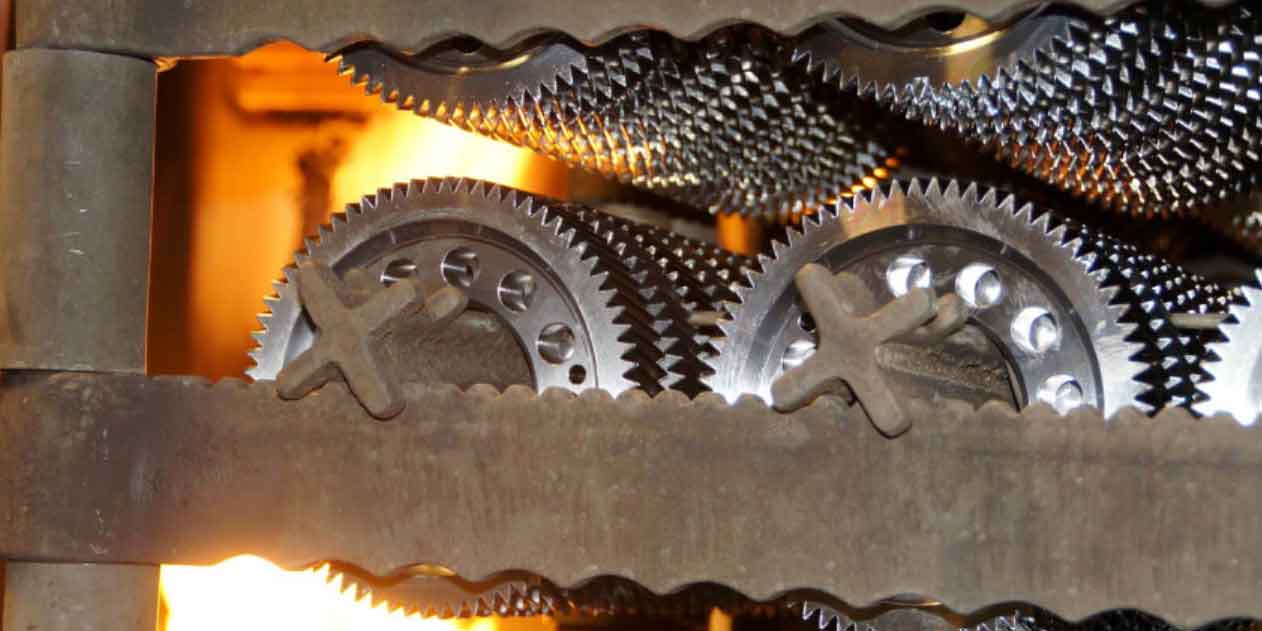Heat treatment is a crucial process for enhancing the strength, durability, and wear resistance of spiral gears used in heavy-duty and high-load environments. Spiral gears are commonly found in applications such as automotive transmissions, industrial machinery, and power generation equipment. The heat treatment process involves subjecting the gears to controlled heating and cooling cycles to modify their microstructure and mechanical properties.

Here are the typical steps involved in the heat treatment of spiral gears:
- Preheating: The gears are placed in a furnace and gradually heated to a specific temperature. Preheating helps eliminate any residual stresses and ensures uniform heating during subsequent steps.
- Carburizing: Carburizing is a surface hardening process where carbon is diffused into the gear material, typically low alloy steels. The gears are heated in a carbon-rich atmosphere or surrounded by a carbon-containing compound. This process forms a high-carbon layer on the surface, which increases hardness and wear resistance.
- Quenching: After carburizing, the gears are rapidly cooled to room temperature using a quenching medium such as oil, water, or polymer. Quenching rapidly cools the gears, resulting in the formation of a hardened and brittle surface layer, known as the martensite phase.
- Tempering: Tempering is a heat treatment process that follows quenching. The gears are reheated to a lower temperature and held for a specific time to reduce brittleness and improve toughness. Tempering also helps relieve residual stresses induced during quenching.
- Shot peening: Shot peening is often employed to enhance the fatigue strength and resistance to stress corrosion cracking of spiral gears. During shot peening, small steel or ceramic shots are propelled at high velocities onto the gear surface, inducing compressive residual stresses and improving surface integrity.
- Finishing operations: After heat treatment, the gears undergo machining, grinding, and other finishing operations to achieve the required dimensions, tooth profile accuracy, and surface finish.
It’s worth noting that the specific heat treatment parameters, such as temperatures, times, and quenching media, vary depending on the gear material, design requirements, and application. The process is carefully controlled to achieve the desired hardness, case depth, and microstructure while avoiding distortion or cracking.
Heat treatment plays a vital role in ensuring the performance and longevity of spiral gears in heavy-duty and high-load environments. By optimizing the gear’s strength and wear resistance, heat treatment enhances its ability to withstand the demanding conditions encountered in such applications.
